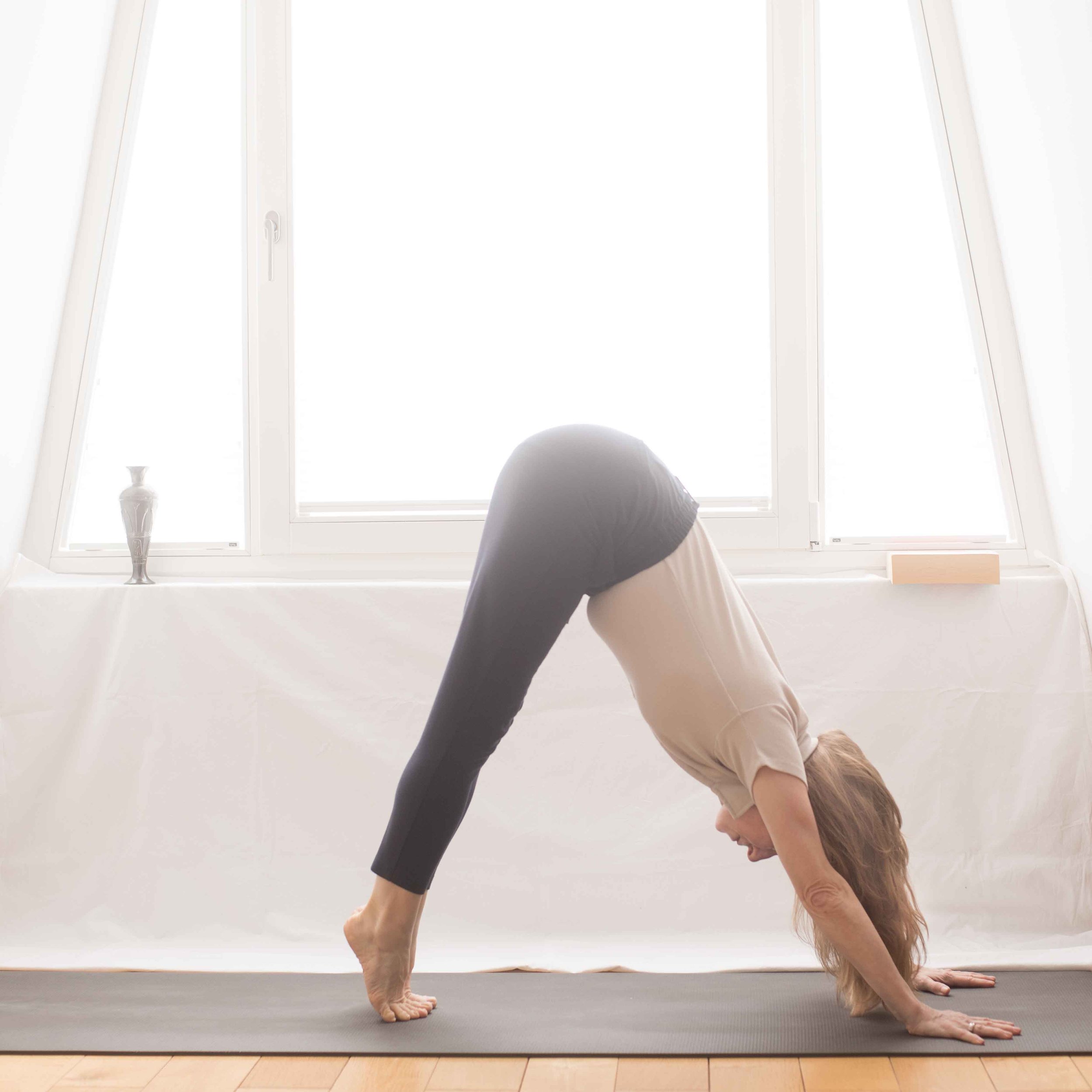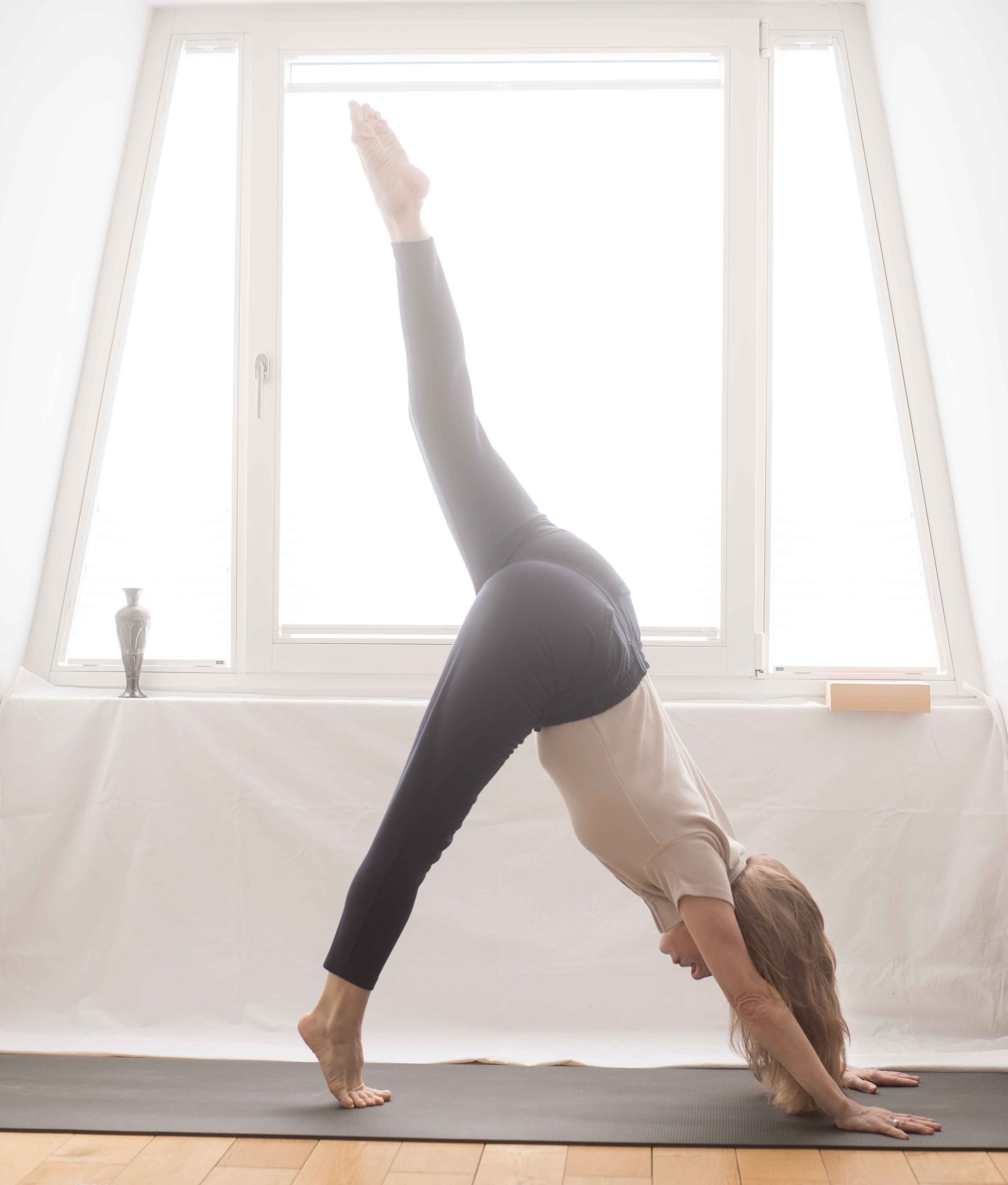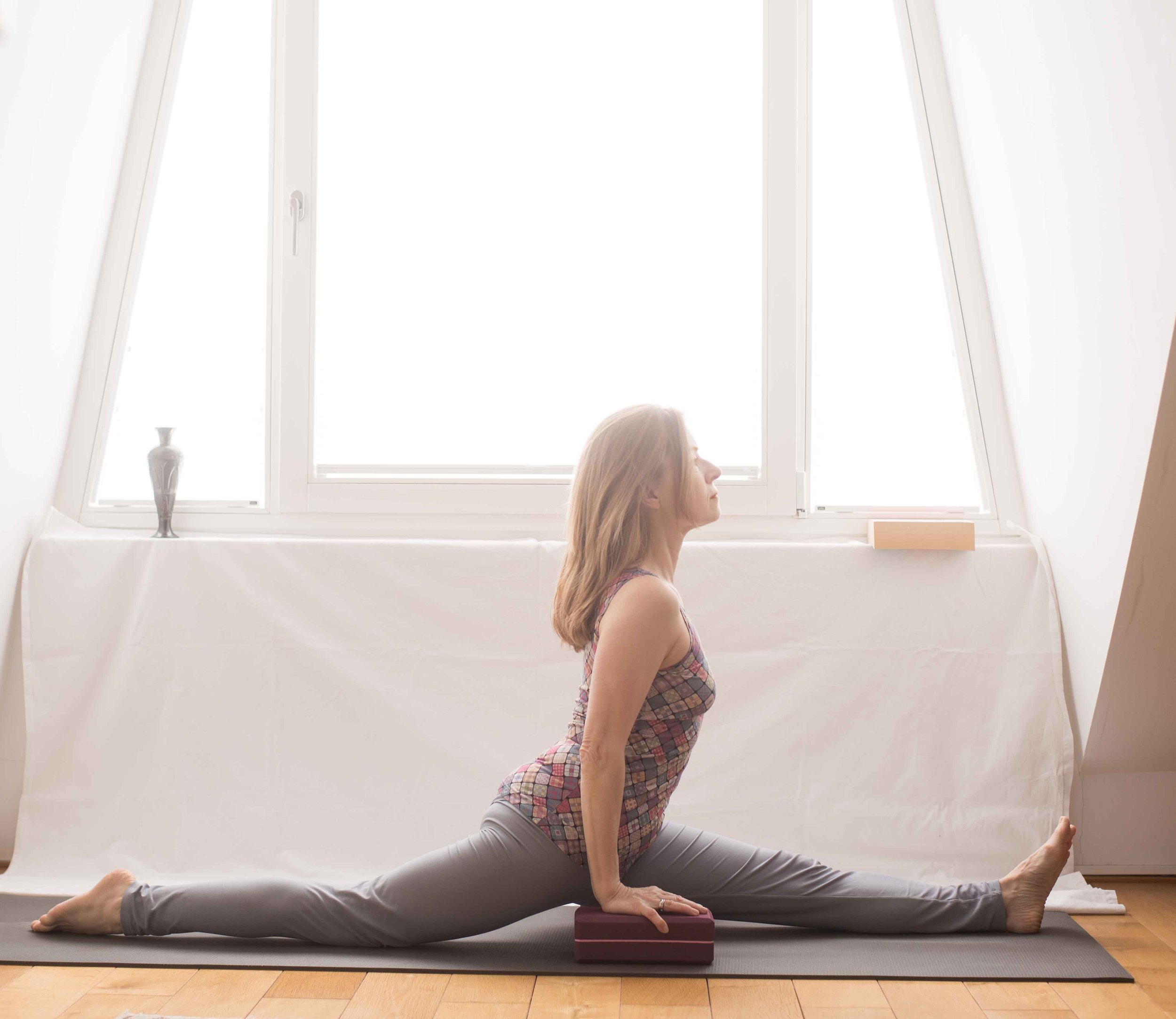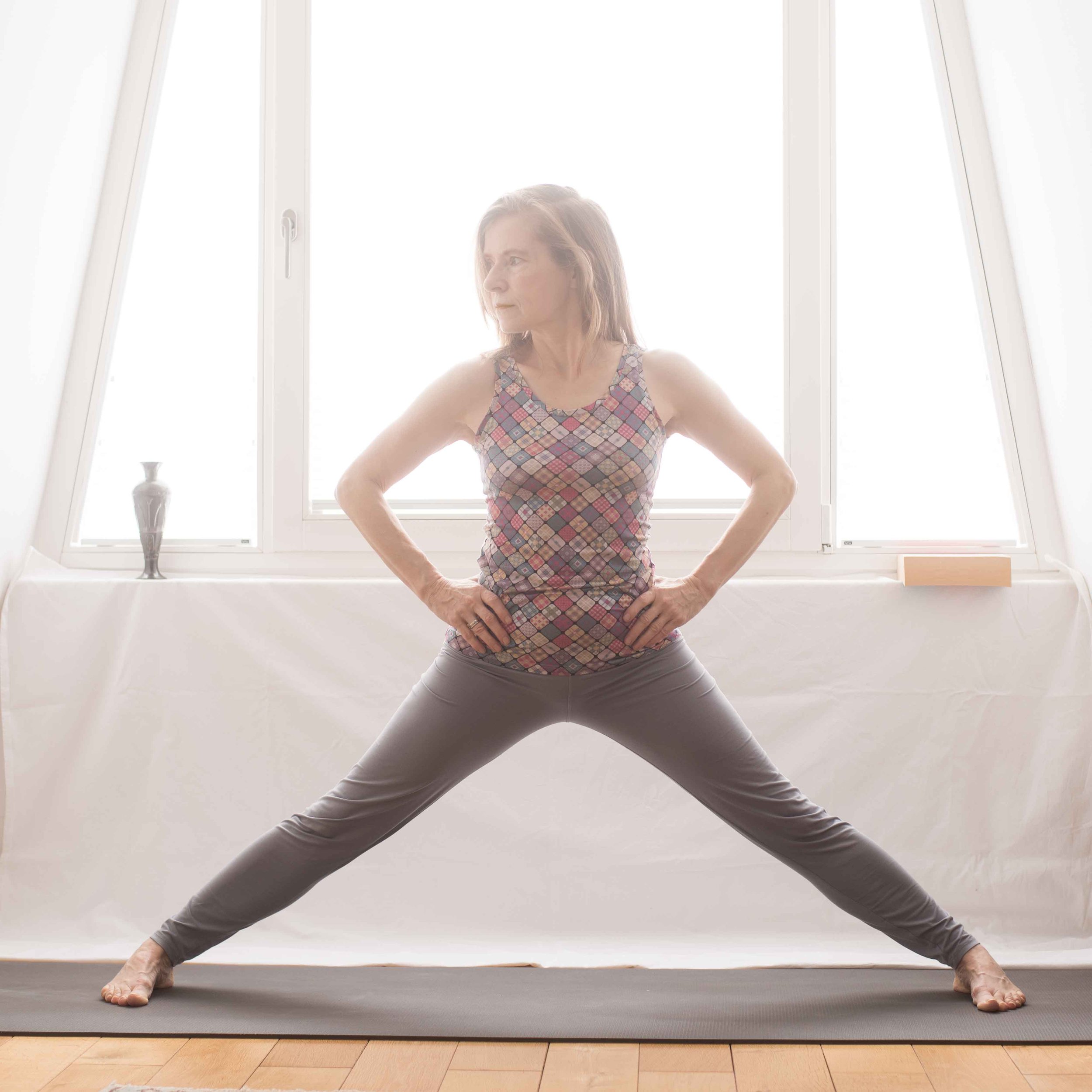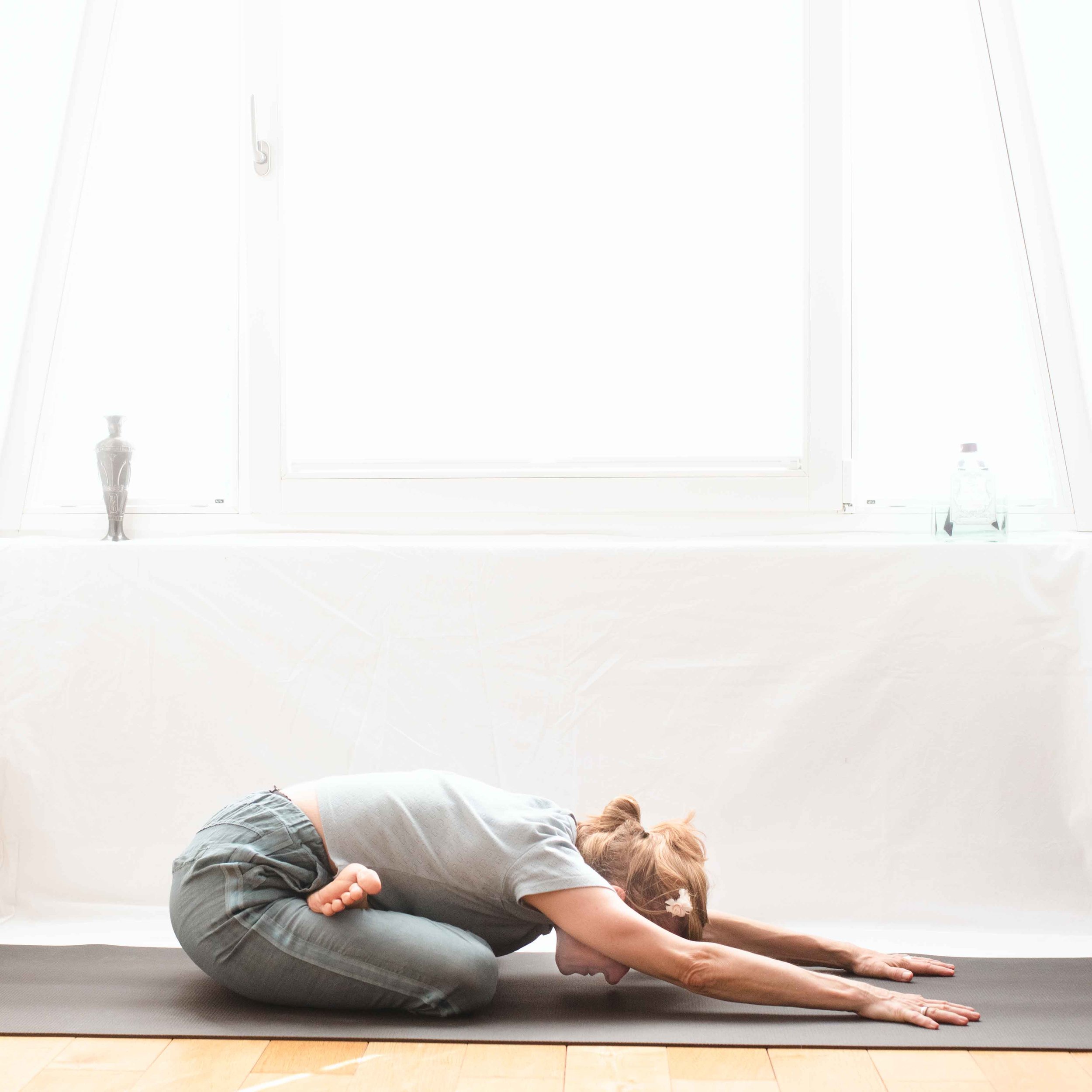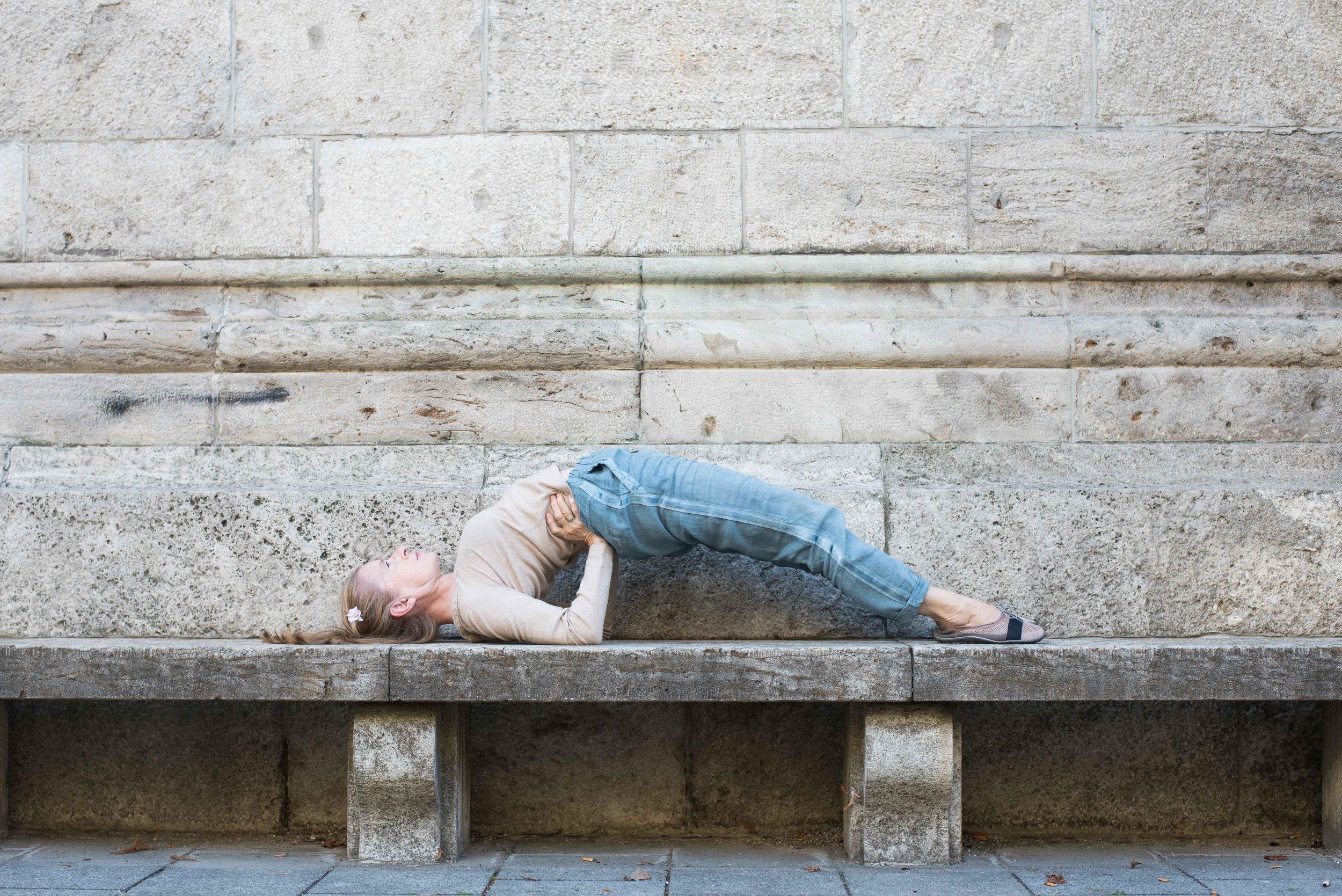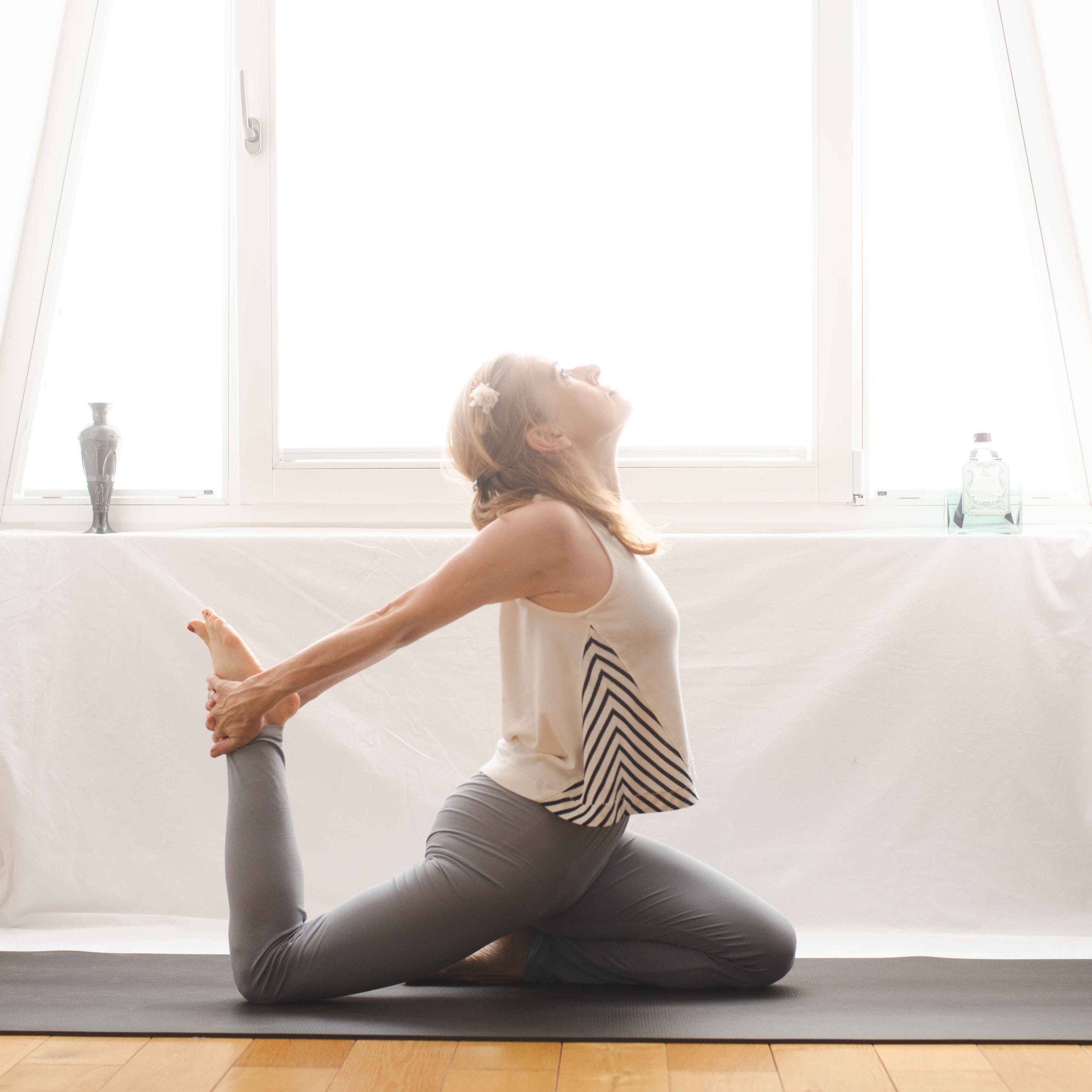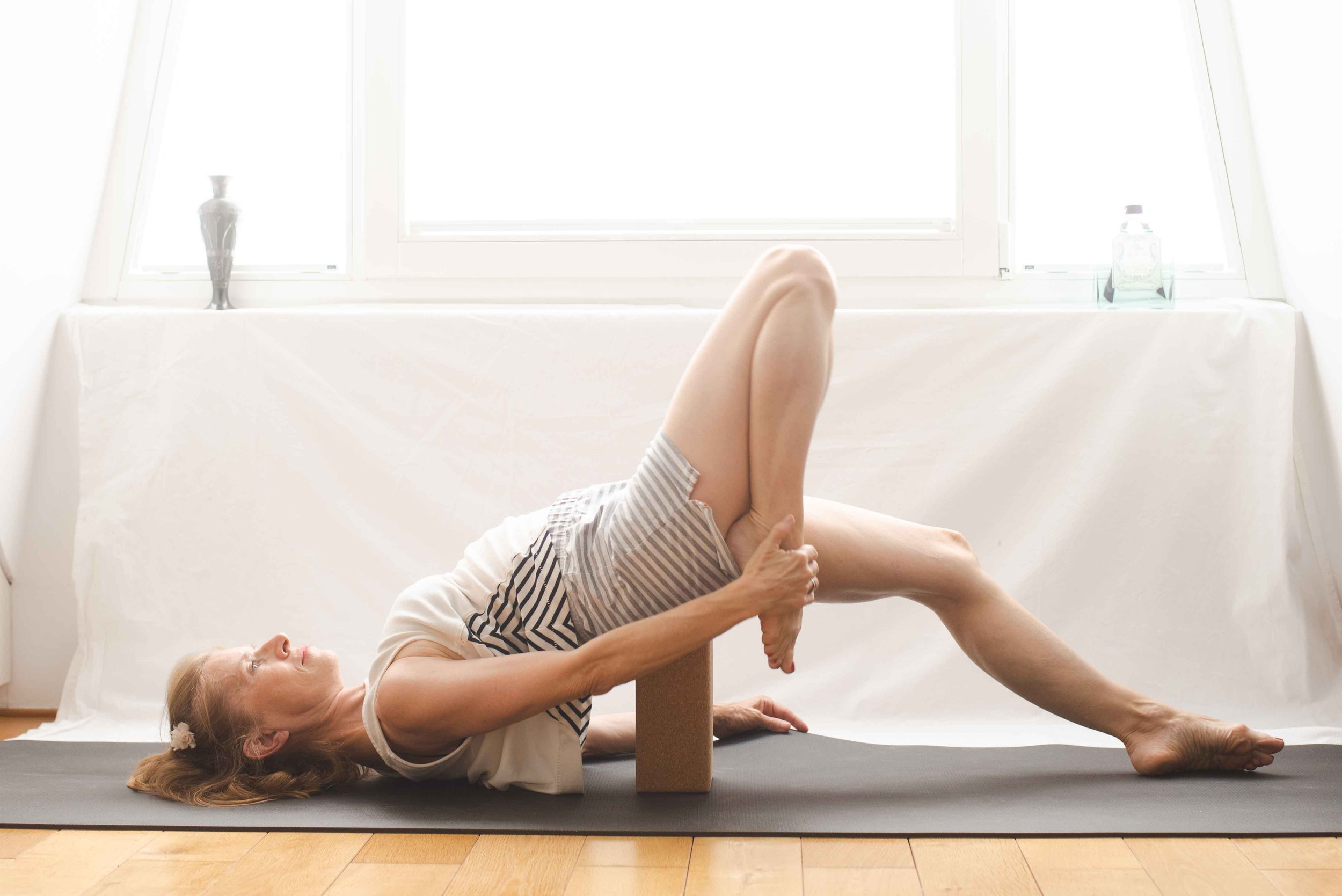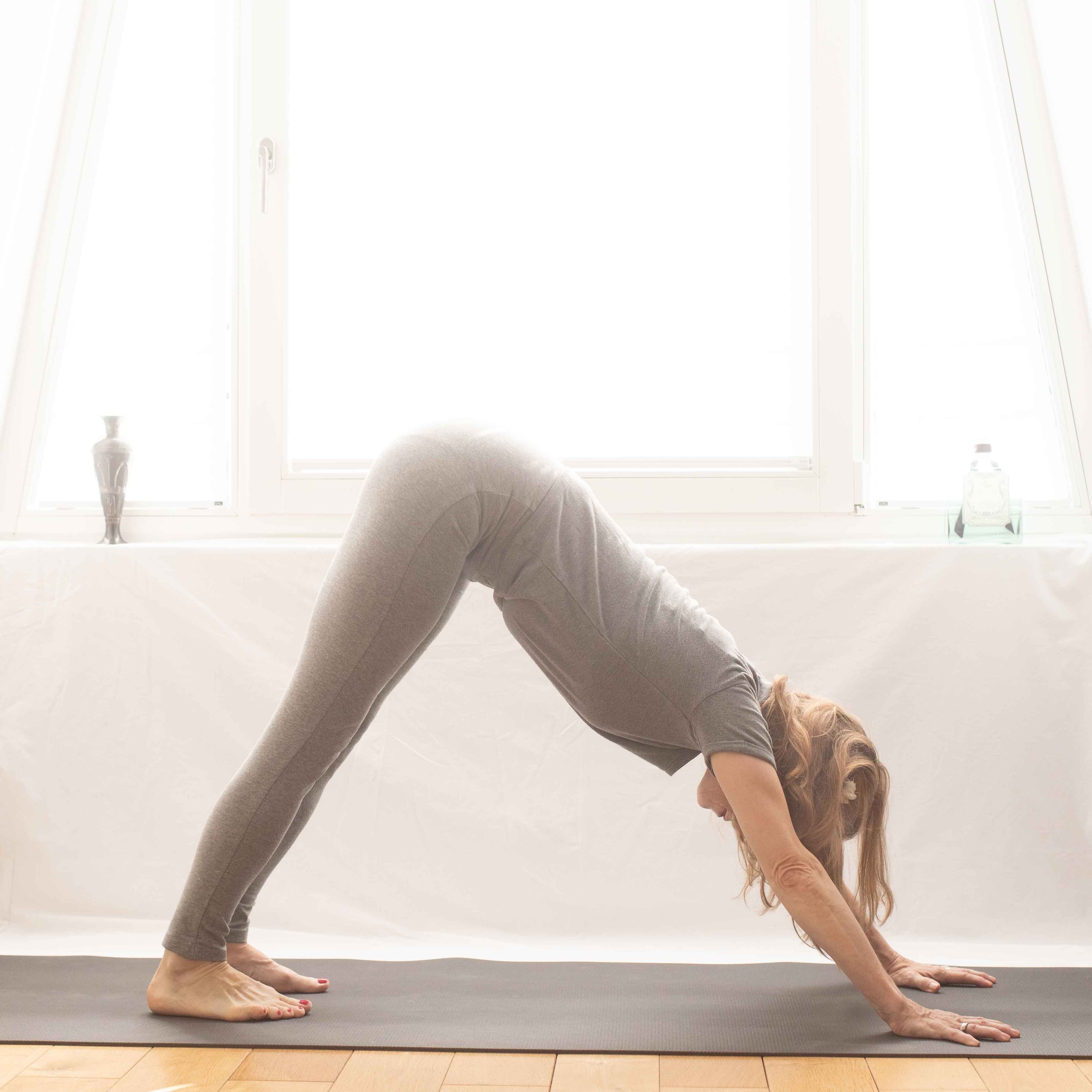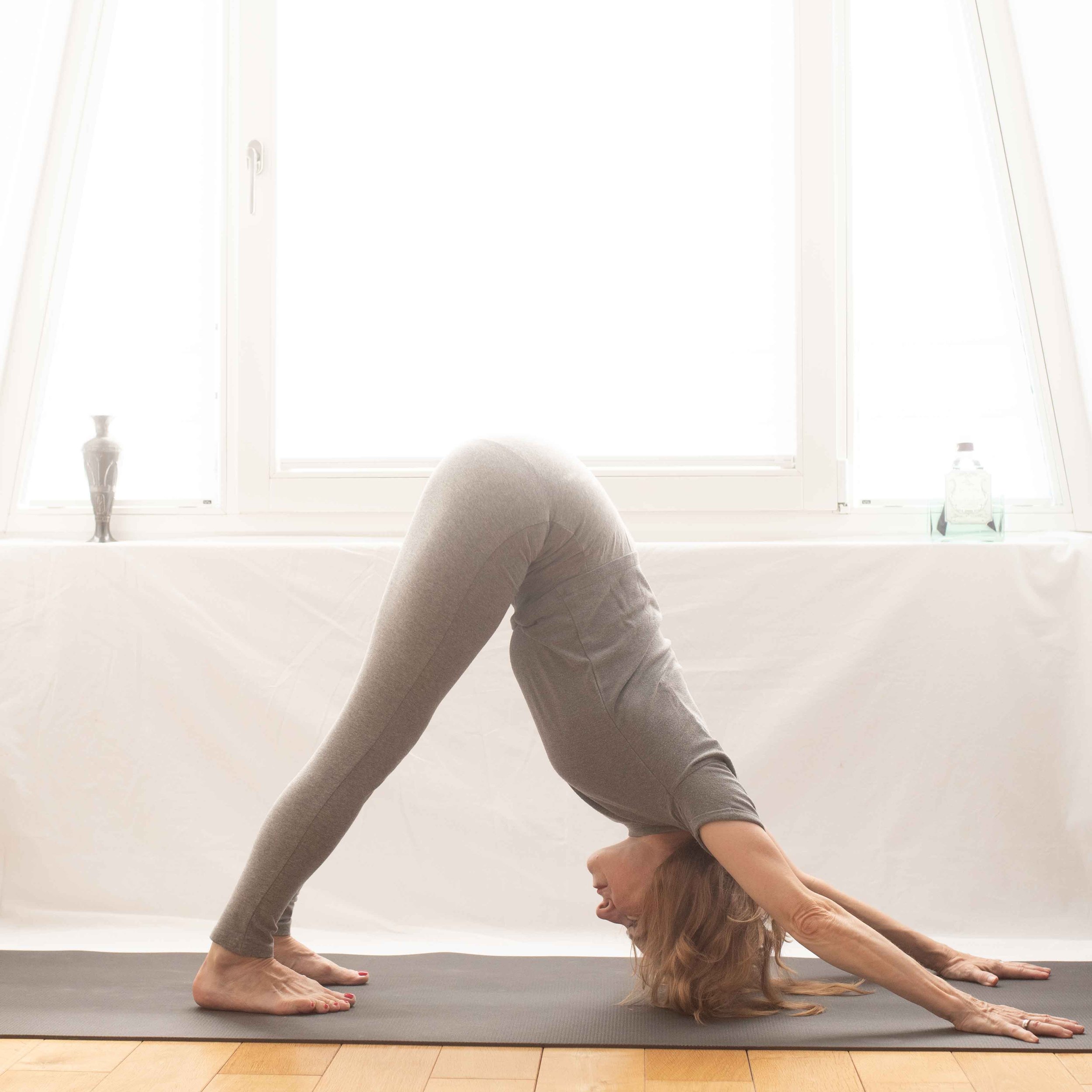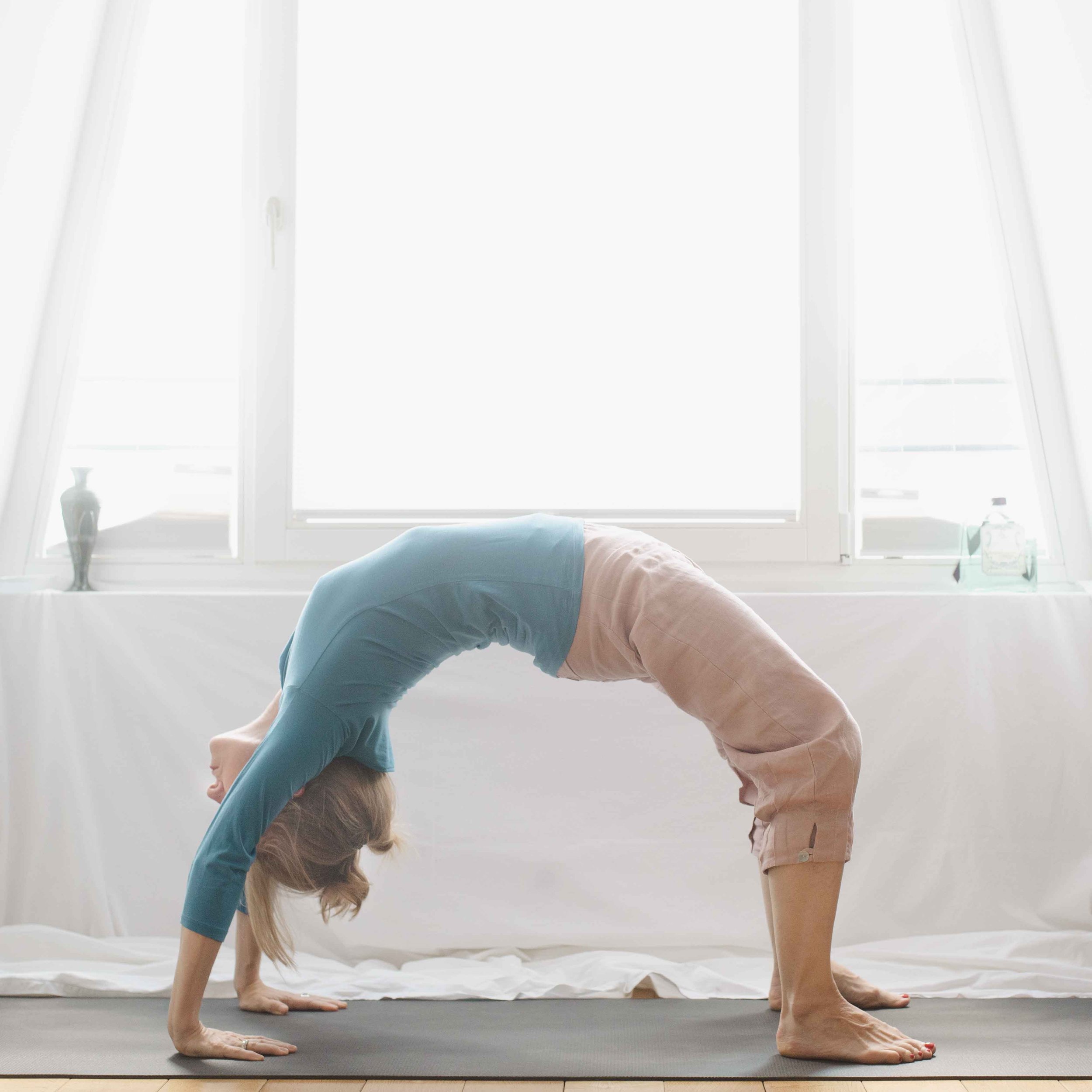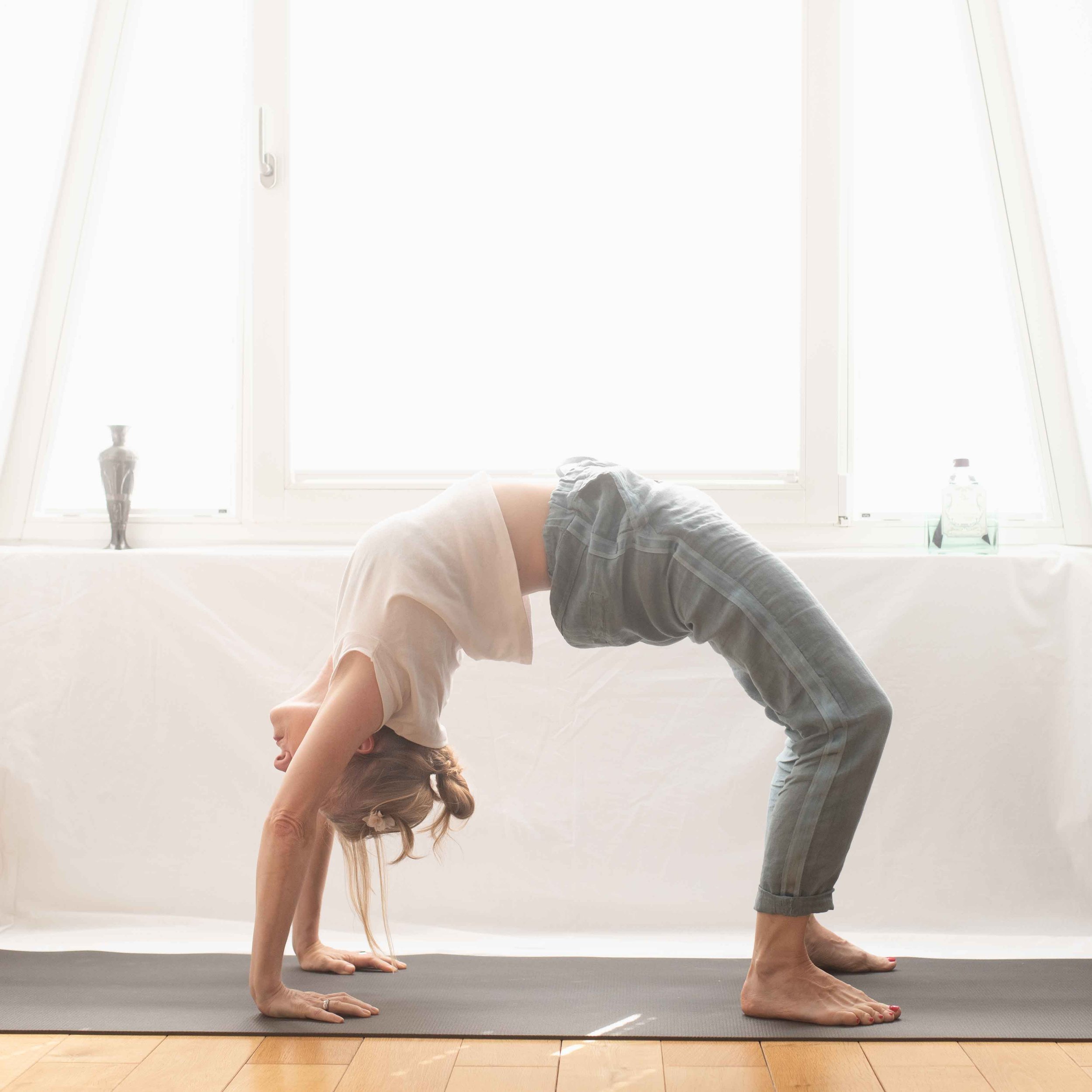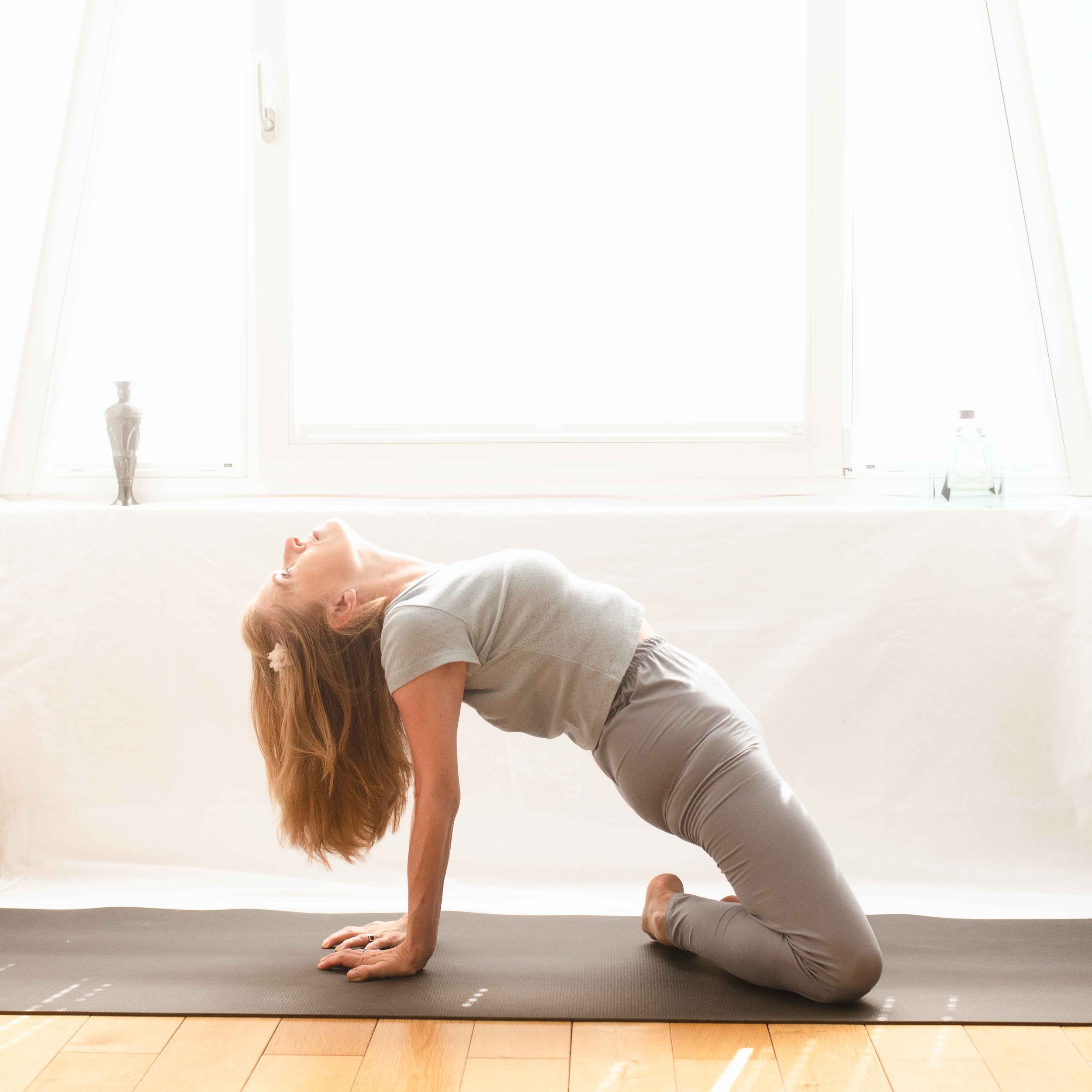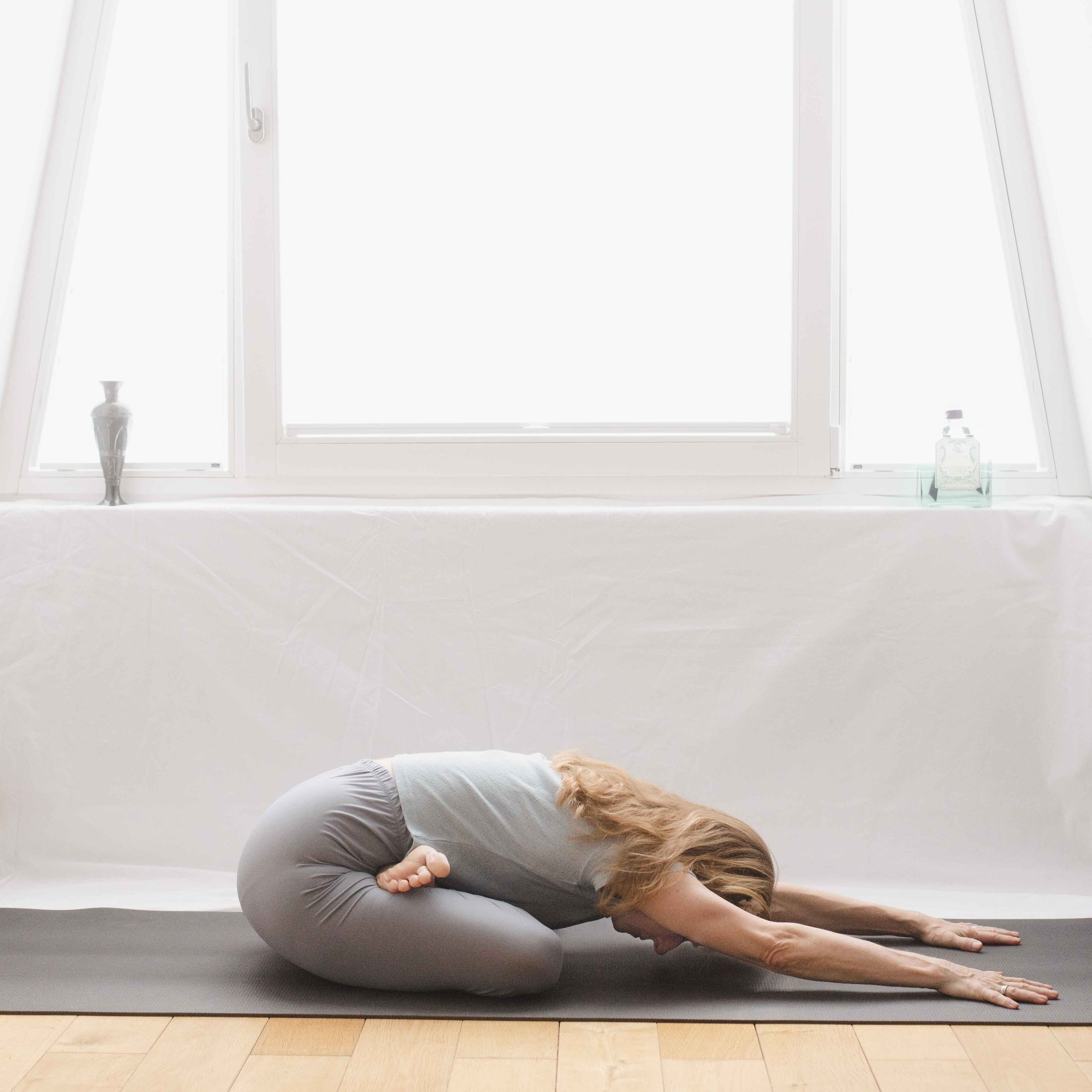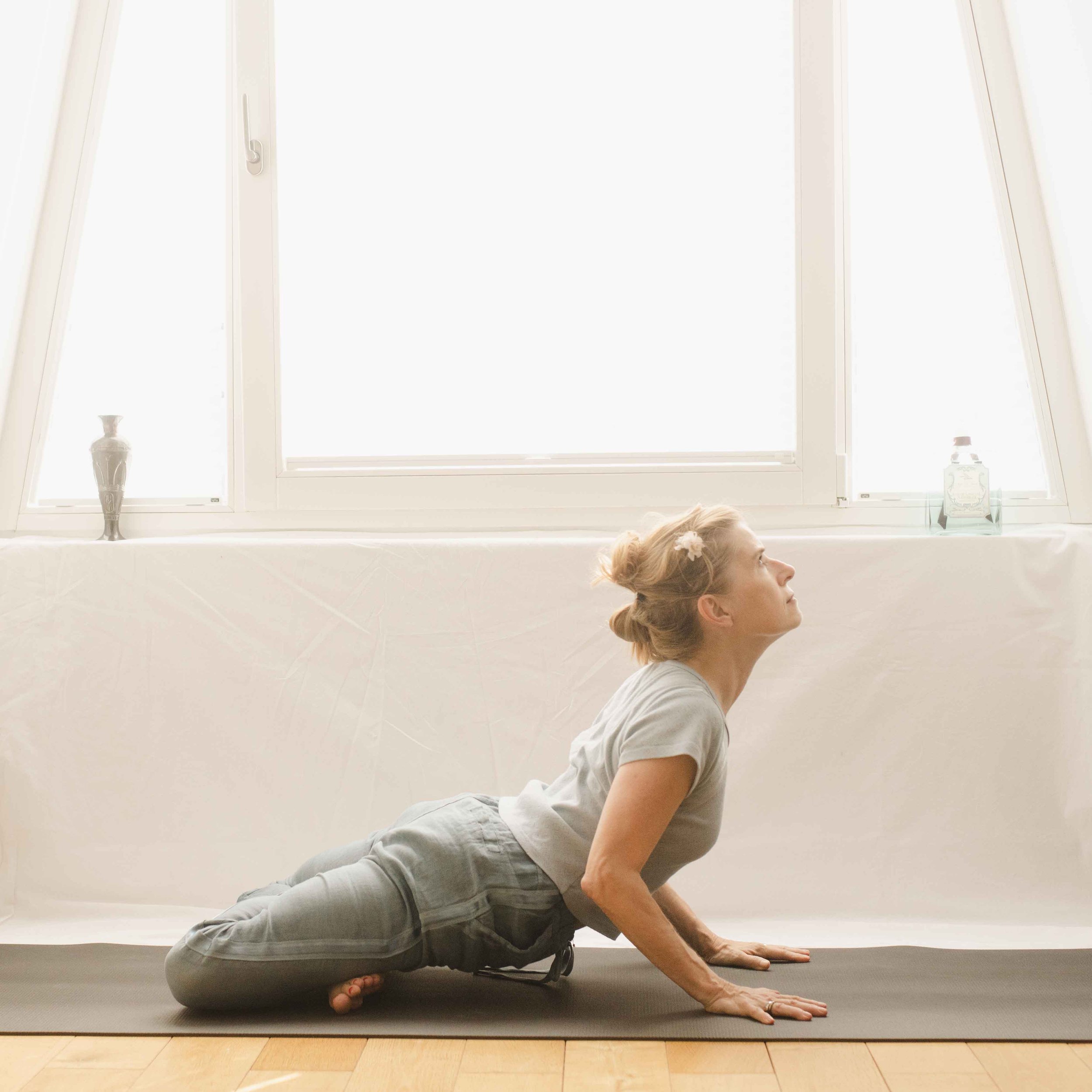Yoga on the road:
So far I haven't found a really good solution how to maintain a daily yoga routine while traveling. I often follow the routines of the people around me. Meeting them is one reason for traveling. There is usually more eating in a group. There are more meals that are celebrated. Breakfast, lunch, coffee and cake, and dinner are too much for a yogi with a frugal lifestyle. That's just how visits go. People meet to talk and eat together. You go on outings and create memories together. It's all fun, but the 90 minutes of yoga in the morning are often sacrificed. I know that there are yogis who always practice no matter what is happening around them or where they are. They are a role model for me.
It takes a lot of energy to swim against the current. It's really exhausting to escape the peer pressure. Often you make a bad impression when you withdraw. Nevertheless, I repeatedly succeed in practicing. Nevertheless, when I travel, my yoga practice remains sporadic. I would like to add 'yet'.
On the last trip, last week I had at least warm clothes with me, so the cold was no reason not to practice. At home, I can do it warm. When you are on a visit or in hotels, that just often doesn't go. It can also be a challenge to find a suitable place to unroll the mat. Last week I managed to do some gravity training in the evening. Just turning on the videos and being guided through the exercises is really easy. This way I didn't miss breakfast together and still did something for myself.
I am working on solutions. How do you manage to practice yoga while traveling, preferably in the morning before breakfast:
- Having warm clothes with me so I can practice when it is colder is part of the solution.
- Skipping breakfast and practicing instead seems doable to me.
- A shorter practice time of 30 minutes is easier to squeeze into the daily routine than 90 minutes. Settling for less than usual can be part of the solution.
- And you have to be stubborn. There doesn't have to be an alternative mentally to daily exercise. The more the environment is set up for it, the easier it is.
When you travel, you practice flexibility. You experience new things and experience yourself in a new way. I would not like to do without travel. I would like to continue to visit people. But I understand why some yogis become hermits.
Arriving back home is also nice.
Tonight I will practice the gravity training from Lucas and tomorrow morning the first thing on my list is 90 minutes of Ashtanga Yoga. The morning routine can now run again exactly as I designed it. What a luxury.
Feel free to share your tips and tricks on how to practice yoga while traveling.
Maybe you noticed that I found a translation software. DeepL is its name and I am thrilled. From now on my blog posts will be error free........ Wow.
Translated with www.DeepL.com/Translator (free version)
